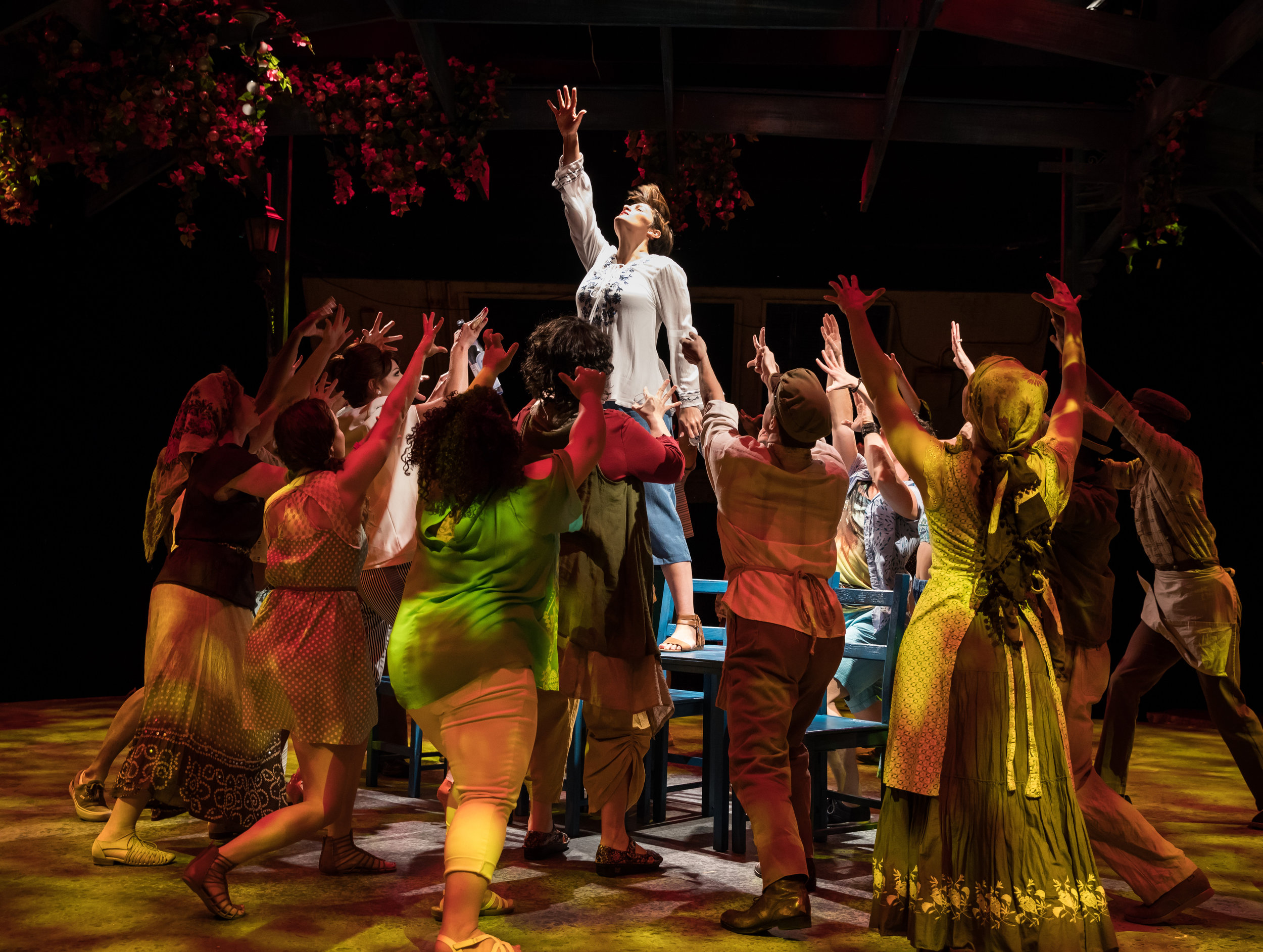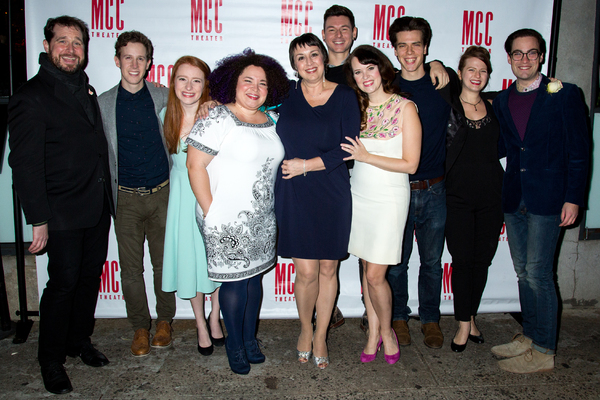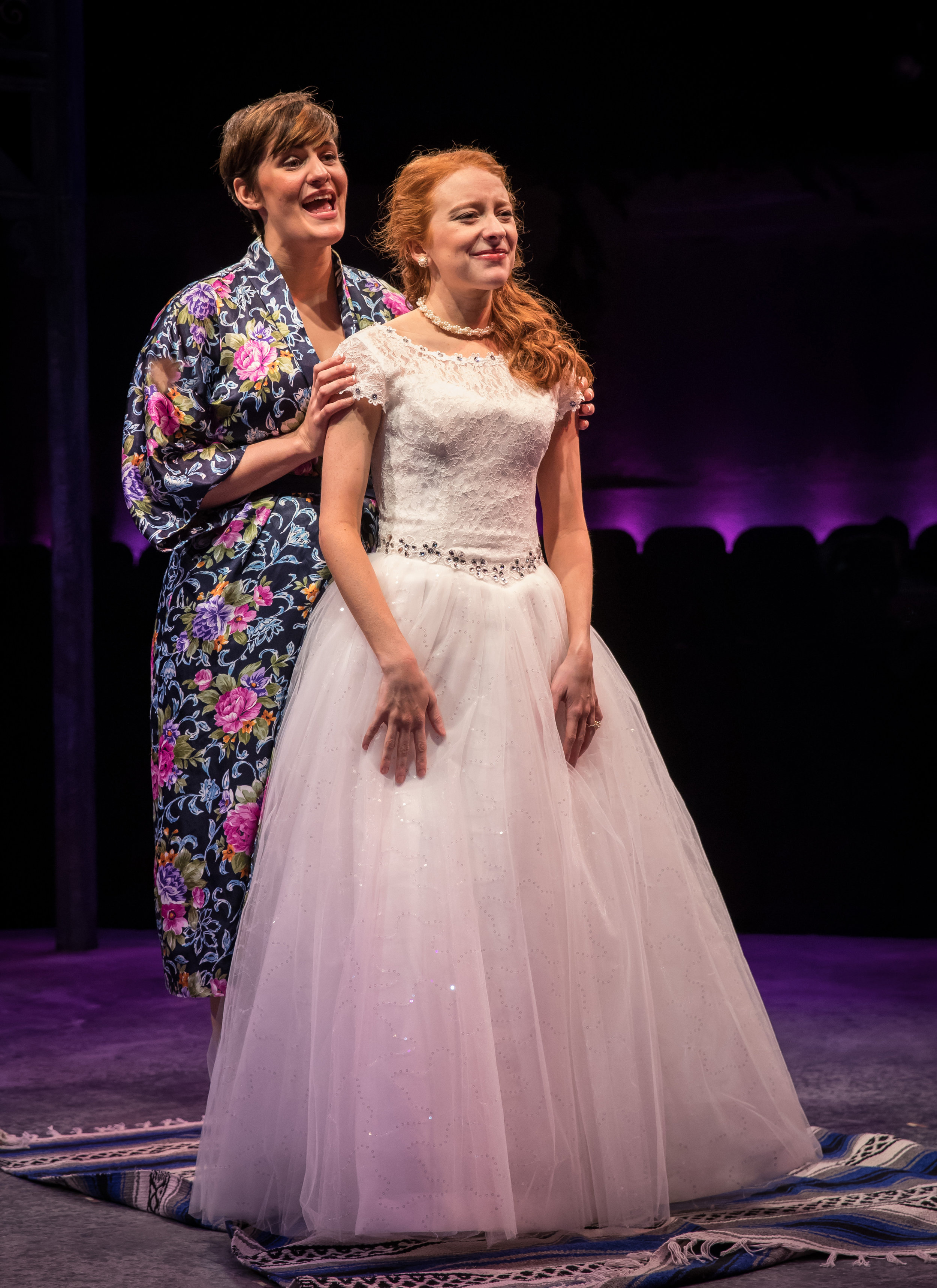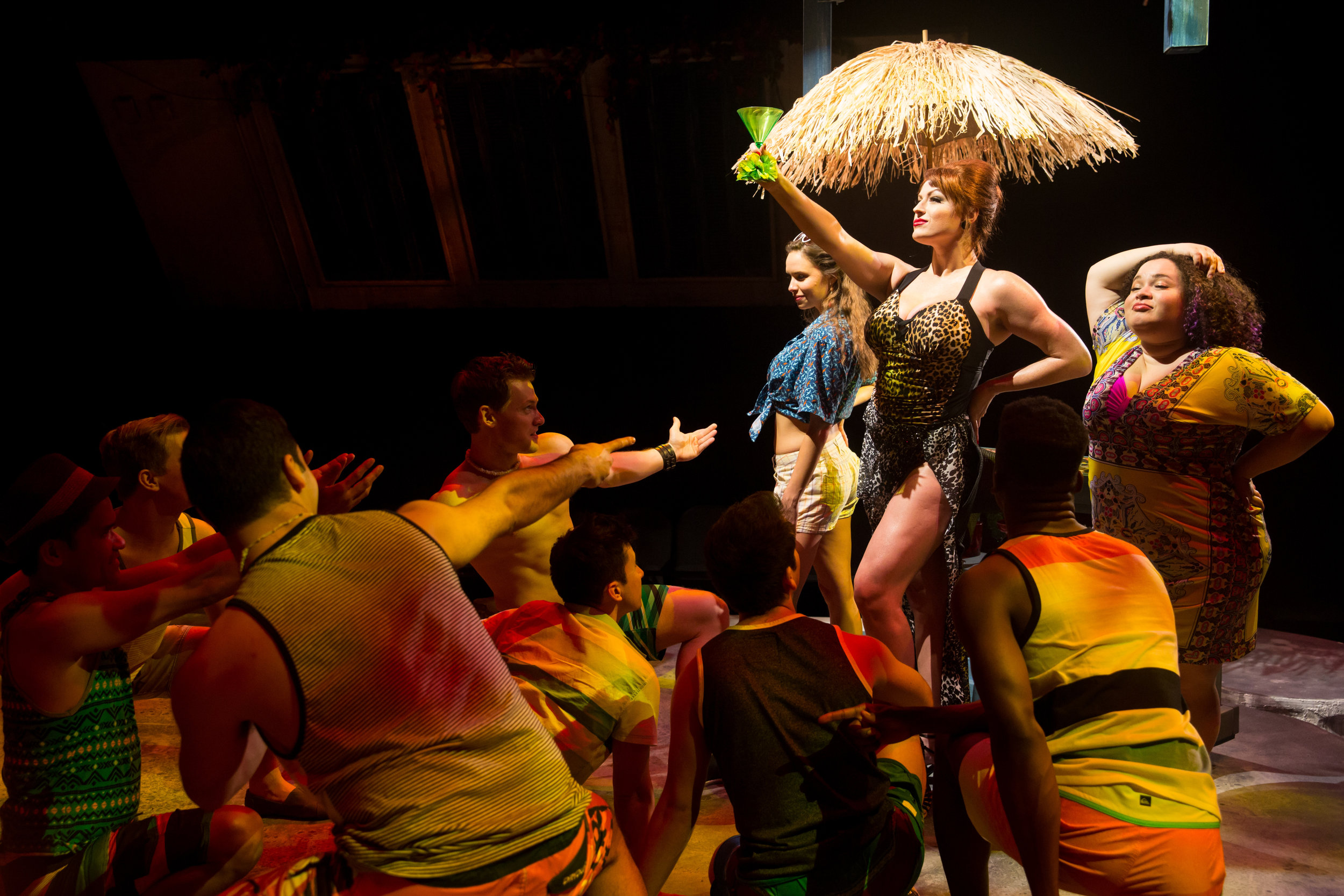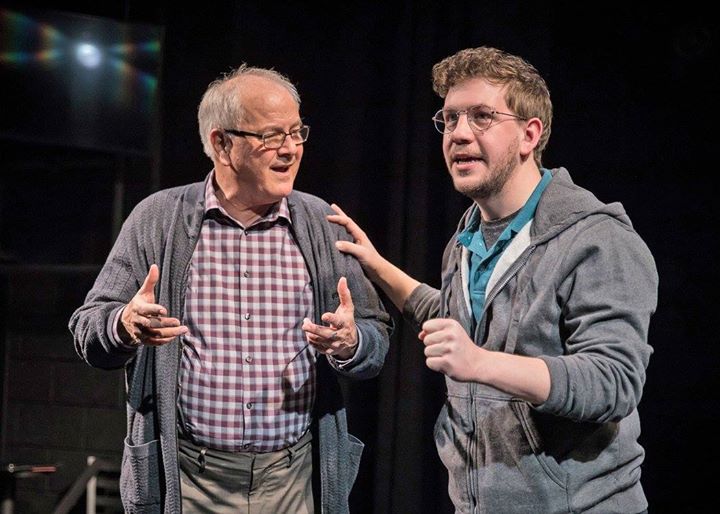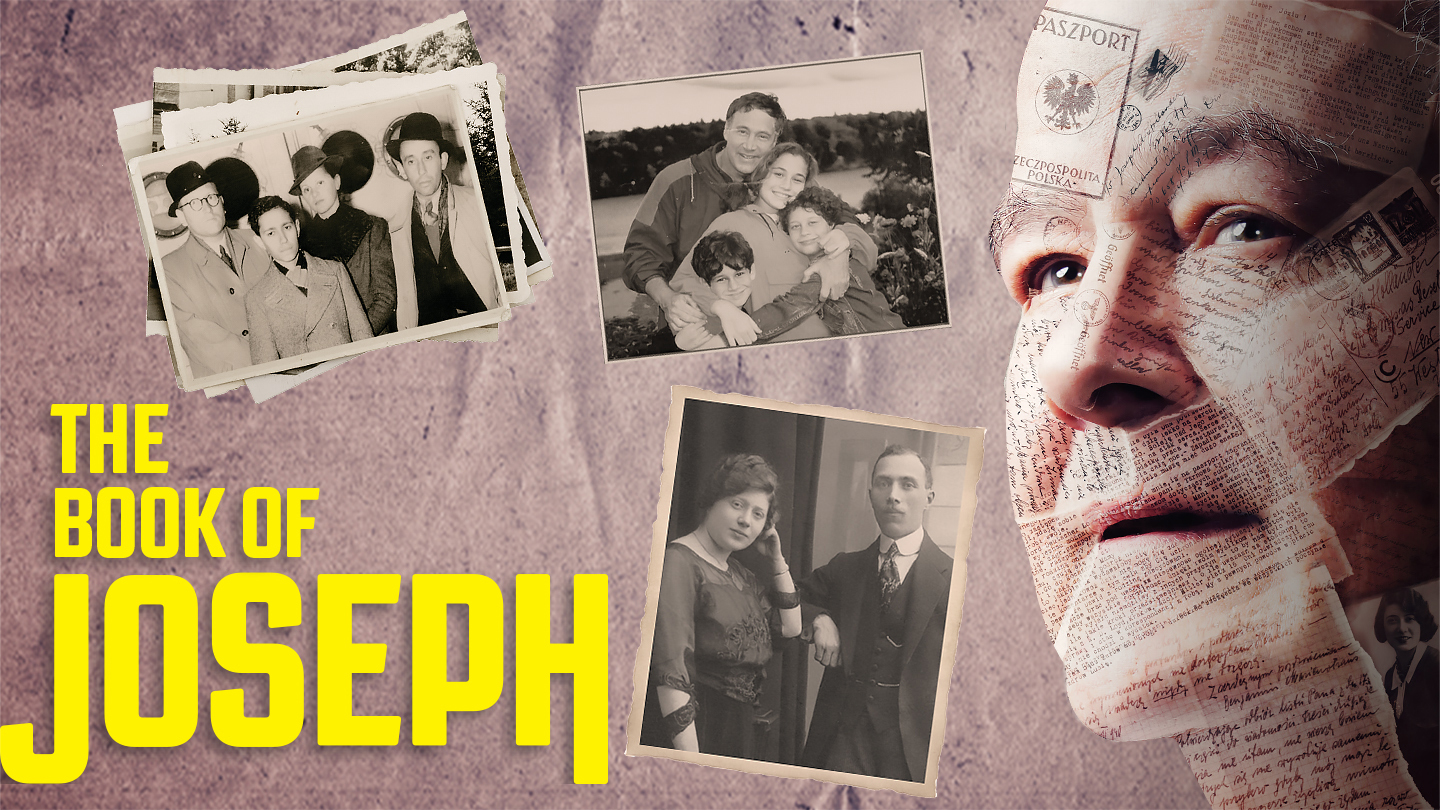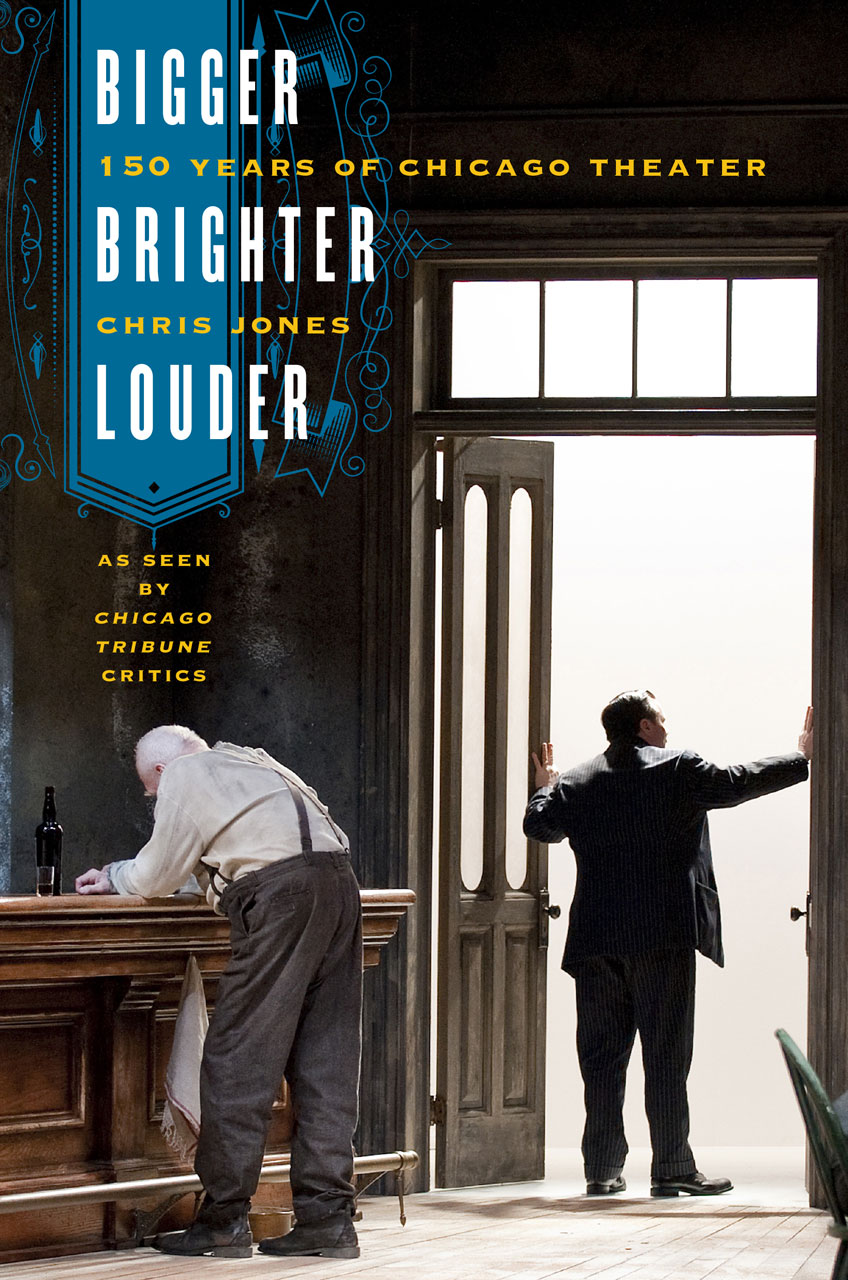COMFORT FOOD - A RECIPE FOR MOTHER'S DAY
I started to make a list of all the wonderful women I know to wish them a Happy Mother’s Day. Almost immediately, the list became so long that I began to question if I would, by omission, leave out someone very important.
So, not to forget anyone on my long list, you know that if you are reading, that I wish you a sincere and wonderful Mother’s Day.
To honor them and to those in my family, my daughter Amanda and her mom, Mary, my mother-in-law Diane, my wonderful sister and the mothers of my nieces and nephews on both sides of the family and the many nieces, some of whom are celebrating their first Mother’s Day this year, here follows a 2010 essay.
COMFORT FOOD
A Recipe for Mother’s Day
Ed Tracy | May 9, 2010
In Memory of Helen E. Tracy | 1923-1989
Only someone as resourceful as my mother could unite an old Pyrex casserole dish with a brown cow cookie jar and make them work together. Both had a special place in my mother’s kitchen and were the source of an almost endless stream of delectable edibles in my youth. As I reflect on this Mother’s Day, and all the comfort and support all mothers provide for their family, I dug out that old casserole dish and admired it for a time on our kitchen counter.
While it is easy to list all the guiding values our mothers gave to us like how to act in public, right from wrong, even clarifying and elaborating what your father might have forgotten to tell you about how to treat a lady or what good girls do, try as I may, it will take me more than the 20 years since her passing to sort out all the good advice given simply from her nurturing spirit and love of life. The vivid memories of kindness to everyone she knew, and didn’t know, her emotional strength of will in trying times, and her patience and understanding of teenage rebellion all stand out. Her love of nature, art and music are the most cherished gifts to me. And then there was the love for home cooking. I mean, really good comfort food!
What's in the kitchen? “Plenty of everything,” she would say. Donuts, hot from the old tin pan bubbling with scalding hot Crisco oil almost every other Sunday. Sheets of rolled donut batter popping out a pile of perfect holes, many of which would never make it to the cooker. Every kind of homemade pie bursting with all the fresh fruits you can imagine -- and some I didn’t even know existed -- ready to eat almost every day, sometimes appearing overnight. And everything you can make from chocolate: chocolate chip cookies, chocolate cake with chocolate frosting, even fresh chocolate milk. I remember hovering over the frosting pan before it made its way to the sink hopeful that in addition to the two small spoonful’s of pure chocolate purposely left for me, it would somehow turn into a fresh pan of fudge on my way home from school the next day.
It is still a mystery to me that she did this while raising four kids eleven years apart, working full-time, volunteering for various community and women’s organizations, serving as transportation coordinator for many of our extra-curricular activities, seamstress, accountant and room inspector. I do not recall my mother ever missing a recital, concert or any other important public event we participated in. I am sure she did, I just can’t recall any now. She was one of those people who wanted to support just about everyone and everything that happened in our small Vermont town. She was the original Energizer Bunny.
It is now clear to me that a big part of all that nurturing spirit of my Mom and Dad from early morning to dusk was centered on supplying food for the family. No matter what season it was in Vermont, the next meal today and the one after that were important. Growing up on a farm we had fresh beef, chicken, eggs, milk, corn on the cob, carrots, peas and beets from a bountiful summer garden. Mom and Dad toiled over a large patch of raspberry bushes, an enormous asparagus bed and competed in the neighborhood challenge for the first radish of the season.
My parents would spend midsummer night’s together weeding and then preserving the crop for the winter so that sometime in late January, we’d dine on potatoes, corn and a big roast pork to the delight of my father who would remind us how lucky we were despite the twenty below weather. He always thanked her for the good meal. They’d wash dishes together often.
No holiday went by without more food for everyone to take home. My mother wanted to be sure if you entered our house hungry you left waddling through the door.
On the day before Mother’s Day 2010, I arose thinking about all the comfort food my mother must have served out of that Pyrex casserole dish. Even more was stored in that brown cow cookie jar on the kitchen counter. And then there were the school lunches, bake sales, neighborhood gatherings, meals for the families of friends in need and the vibrant memory of four unruly kids huddled around the small table in the kitchen with salmon pea wiggle or a hearty beef stew. Things just seemed to naturally come together in my mother’s kitchen. It was a place where every smell could keep you eagerly waiting for the call that “Dinner’s Ready!”
Of all the comfort food I long for most, I had not seemed to conjure up on my own my mother’s macaroni and cheese casserole recipe. Macaroni and cheese is a rather simple dish. However, whenever I made it, it was substantially different than my Mom’s. Long ago, my sister and I agreed to disagree on the two most important items in mother’s kitchen. That is when I received the casserole dish; she got the brown cow.
In the spirit of full disclosure, I need to state that although I consider myself a competent cook, my sister has forgotten more about cooking, baking and feeding people than I will ever hope to know. She was the one paying attention all those years ago to our mother and grandmother, and she too is an accomplished professional businesswoman and mother of three. Unlike my sister, I have never successfully recreated my mother’s expert touch in pies, cakes, cookies or the famous macaroni and cheese, despite having all of the right ingredients at my disposal and the alpha Pyrex vessel she made it in. I was too busy eating.
I guess I always felt that there is magic in what mothers do for their children. Rarely do they even know what that magic is…or that it is happening.
Each year in the weeks leading up to Mother’s Day, I realize I could not possibly send cards or notes to all of those who have a special place in my life. I could not call them all personally or write everything I want to say on this very important day. The fact is I try to do that throughout the year. I miss the mark and get wrapped up into my own life some times, but like any good mother would do, they remind me often that they are there, thinking good thoughts and sending a prayer for me and my family. They have made me feel like a favorite son all of my adult life. They each know who they are and how much I love them.
And, on my special mother’s list this year are my daughter, who is the mother of my granddaughter, Allie Kate, the most wonderful miracle in our lives; my sweet and loving mother-in-law, who reminds me every day that I am her favorite – and only – son-in-law; and my sister, who made this Mother’s Day extra special for me.
You see, I went online and found a 1958 Pyrex Golden Hearts 2.5 Quart Cinderella casserole dish identical to my mother’s coveted workhorse. The description was “Just like new!” and it was surprisingly affordable. I made sure that it would be sent to my sister directly, perhaps in time for Mother’s Day, but that didn’t really matter, since she’s out of town. Once the sale was complete, I called her to tell her about my find and the rest of the story of how frustrated I was in not getting the recipe right all these years later.
Being the wonderful person that she is, my sister shared with me the secret of my mother’s recipe. With the “just like new” dish on its way to her home, I only wish I could see the look in her eye when the dish and cow are reunited -- a symbolic, yet significant gesture on her younger brother’s part to make a mother’s day complete. (I did not tell her that the brown cow cookie jar is a very available -- and a highly collectible and expensive item online, or that perhaps on a future Father’s Day, a cow cookie jar might find its’ way to me somehow.)
The rest of the story is really very predictable. I set off to buy the ingredients confident that I was on the verge of preparing the best macaroni and cheese in years. It was. And Mom would have been very proud. There’s plenty left for today.
What we call “comfort food” is really all about memory. My mother left this very casserole dish brimming with macaroni and cheese in the freezer a couple of days before she passed. On another Mother’s Day, 20 years ago today, our family enjoyed that meal together one last time. It is now a warm and heartfelt memory of other times when the most important thing we all wanted to hear was “Dinner’s Ready!”
Whether you are a mother, married to one, or have one you are celebrating with today, Happy Mother’s Day! To all the mothers who pass along their pride and love to their sons and daughters and never quite know if it really is making a difference, I can tell you that no matter what you may think, we’re watching, listening, learning and growing every time you say our name, look our way or do the magical things that mother’s do.
There is no greater gift than a mother’s love and no greater memory than the look in her eyes when you say to her: “I love you, Mom” or “I’ll do the dishes!”
Post Script - On or around Father’s Day in May 2013, a package arrived with a pristine brown cow cookie jar that has now been reunited with the alpha Pyrex casserole dish a gift from Denise. My sister, who I love very dearly, had taken one look at the online price for the item and decided instead to ship a month’s supply of cookies. ECT 5/11/2017



